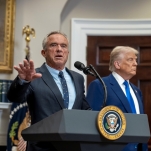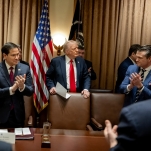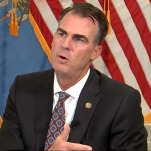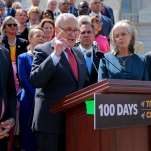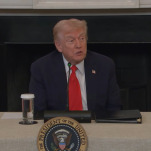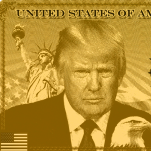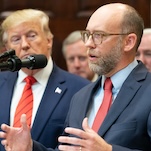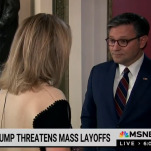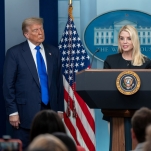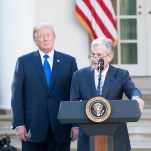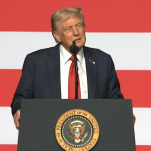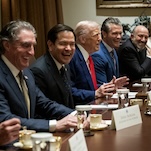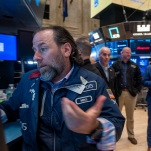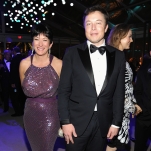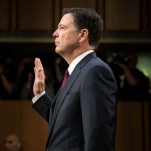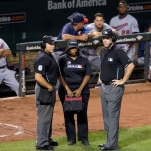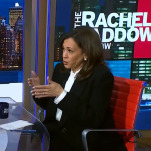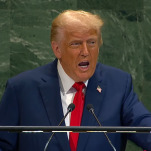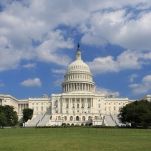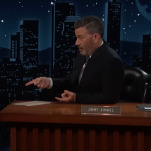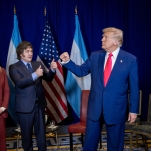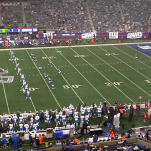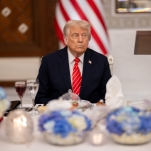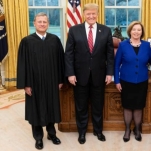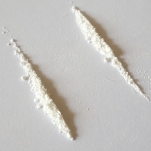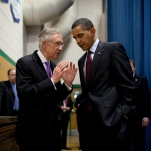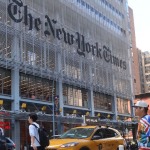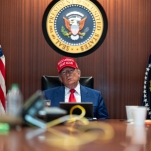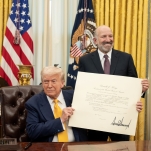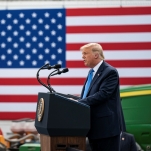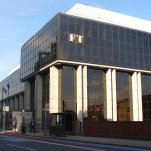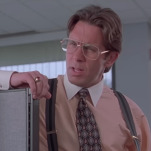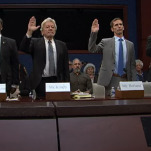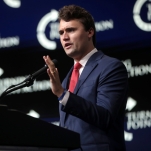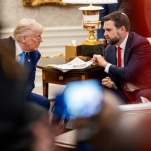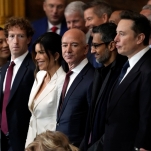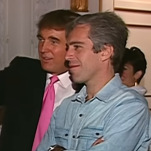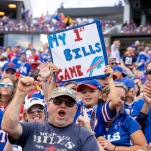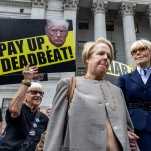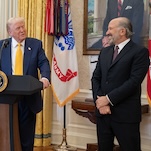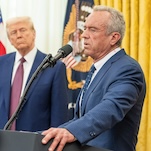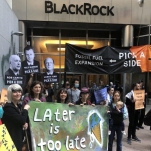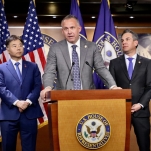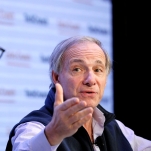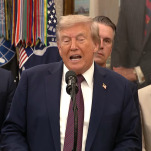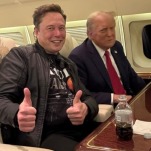How Trump and Private Credit Could Create the Next Financial Crisis
Photo by Office of Senator John Thune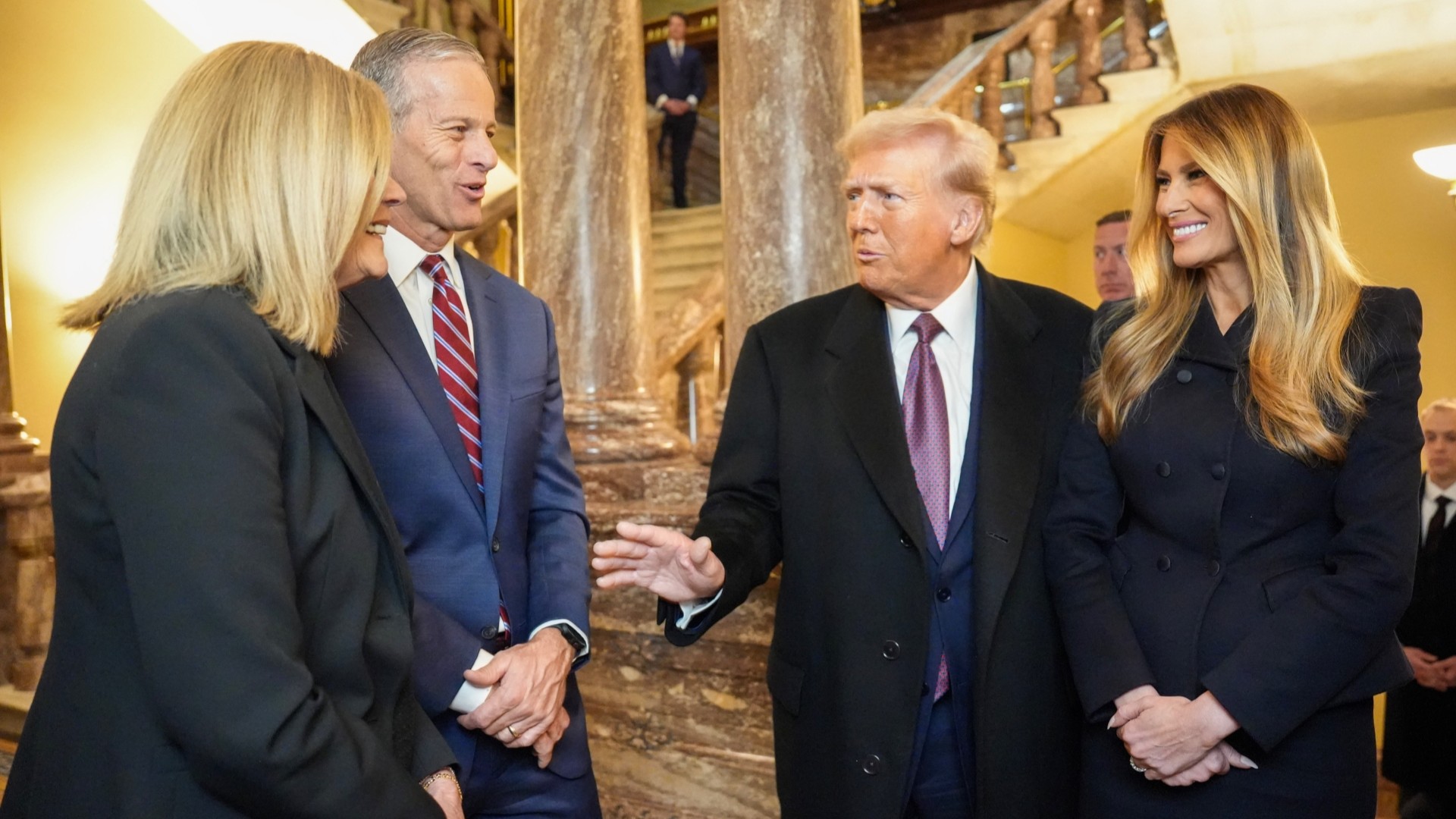
Private credit lenders’ “opaqueness and role in making the financial network more densely interconnected mean they could disproportionately amplify a future [financial] crisis,” warned researchers from Moody’s Analytics, the Securities and Exchange Commission and a former top adviser to the Treasury Department. This report that will be published later today is one of the most “comprehensive analyses to date on how private credit would affect the broader financial system during a period of market upheaval” according to the Financial Times.
The Boston Federal Reserve also recently wrote a report about private credit funds that raised some alarm about their growing role as a player in debt markets. They believe that “if private credit lending has grown because lenders have been making riskier loans that banks would not make, then aggregate credit risk in the financial system likely would rise. In fact, not only would the financial sector be effectively more leveraged, but the added leverage would be on the balance sheets of riskier borrowers, weakening these businesses’ resilience to shocks and, as a result, rendering the financial system less stable.” One concern raised in this new crop of analyses about private credit is how illiquid it is and how deeply involved insurance has become with it.
If you’re getting 2008-style heebie jeebies from reading those two paragraphs, I don’t blame you.
Before diving into this mess, it should be stressed that private credit’s influence is a relatively new development, and the fact that we do not know as much about private markets as we do about public markets means that coming to any firm conclusions about private credit is difficult. Some of the best equipped financial analysts are just now producing detailed reports about this opaque world, and they are speaking in hedged tones.
That said, the risk here is obvious to anyone who understands how credit dries up in crises or just has a working memory of 2007 to 2009.
Private Credit
This is pretty much what it sounds like. Public debt markets like the bond market unfold out in the open, or through direct loans that show up on banks’ balance sheets, while these debt markets take place behind closed doors, with the IMF finding that private credit largely is fueled by investors from private and public pension funds, foundations and endowments, and family offices and wealth managers. Private credit has grown in large part due to regulations placed on banks after the 2008 financial crisis, which restricted who they can lend to, so private entities came in and filled the gap to lend to highly indebted and more financially unattractive companies who could no longer get a loan from a bank. This market has exploded in size since 2008, growing from $46 billion in 2000 to roughly $1 trillion in 2023.
In one sense, this is an improvement on the pre-2008 status quo. The Boston Fed notes that “private credit funds are less vulnerable to runs because their limited partners are locked up contractually for multiple years, whereas three-quarters of bank funding consists of run-prone demand deposits, almost half of which are uninsured,” but that benefit also makes these private credit funds less flexible and more illiquid. The main problem that private credit has created through filling this vacuum to such a large degree is how interconnected it has become to the banking system it was theoretically supposed to supplement. Instead, the Moody’s, SEC and Treasury researchers warn that it could become a “locus of contagion” in the next financial crisis.
Per the Boston Fed, private credit spreads are wider than bank spreads, so it is “highly unlikely” that private credit loans are more attractive than bank loans. This follows along with the logic that because of new post-2008 regulations, banks lost business with riskier businesses, which were likely picked up by private credit lenders.
Now here’s the central problem and where the potential for contagion lies: all these analyses of private credit find that its investors are “funded largely by bank loans,” per the Boston Fed. We essentially offloaded risk from banks’ balance sheets by regulatory force after 2008, but left the back door open for them to reattach it via their loans to private creditors. The 2008 heebie jeebies at the base of this ask a familiar question: what happens if those riskier borrowers start defaulting on their loans?
-

-

-

-

-

-

-

-

-

-

-

-

-

-

-

-

-

-

-

-

-

-

-

-

-

-

-

-

-

-

-

-

-

-

-

-

-

-

-

-

-

-

-

-

-

-

-

-

-

-

-

-

-

-

-

-

-

-

-

-

-

-

-

-

-

-

-

-

-

-

-

-

-

-

-

-

-

-

-

-

-

-

-

-

-

-

-

-

-

-

-

-

-

-

-

-

-

-

-

-

-

-

-

-

-

-

-

-


